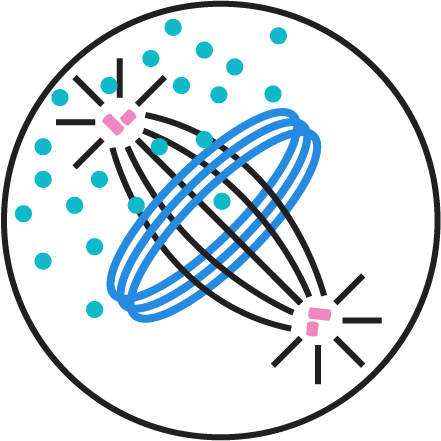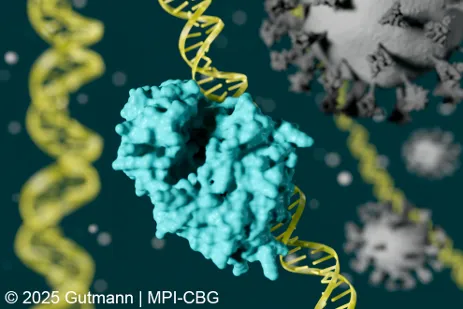
Artistic visualization of the structured cGAS protein
We’re excited to highlight a recent publication in PNAS from Theresia Gutmann and David Kuster, who uncovered a new immune evasion strategy used by SARS-CoV-2. When SARS-CoV-2 invades a cell, it causes collateral damage. This can lead to host DNA leakage from nuclei and mitochondria into the cytosol, where it would typically activate the immune sensor cGAS. Yet in COVID-19 patients, this response is often delayed. They discovered that the viral nucleocapsid protein, which is primarily responsible for packaging the viral RNA genome into the tiny virions, also binds strongly to DNA—an unexpected finding! This interaction effectively masks DNA from cGAS detection, potentially contributing to the suppression of the early immune response and giving the virus a head start.

Their biochemical and biophysical experiments demonstrate that this nucleocapsid protein-DNA binding directly prevents cGAS activation. Using optical tweezers, they could directly visualize this competitive binding on a single DNA molecule:
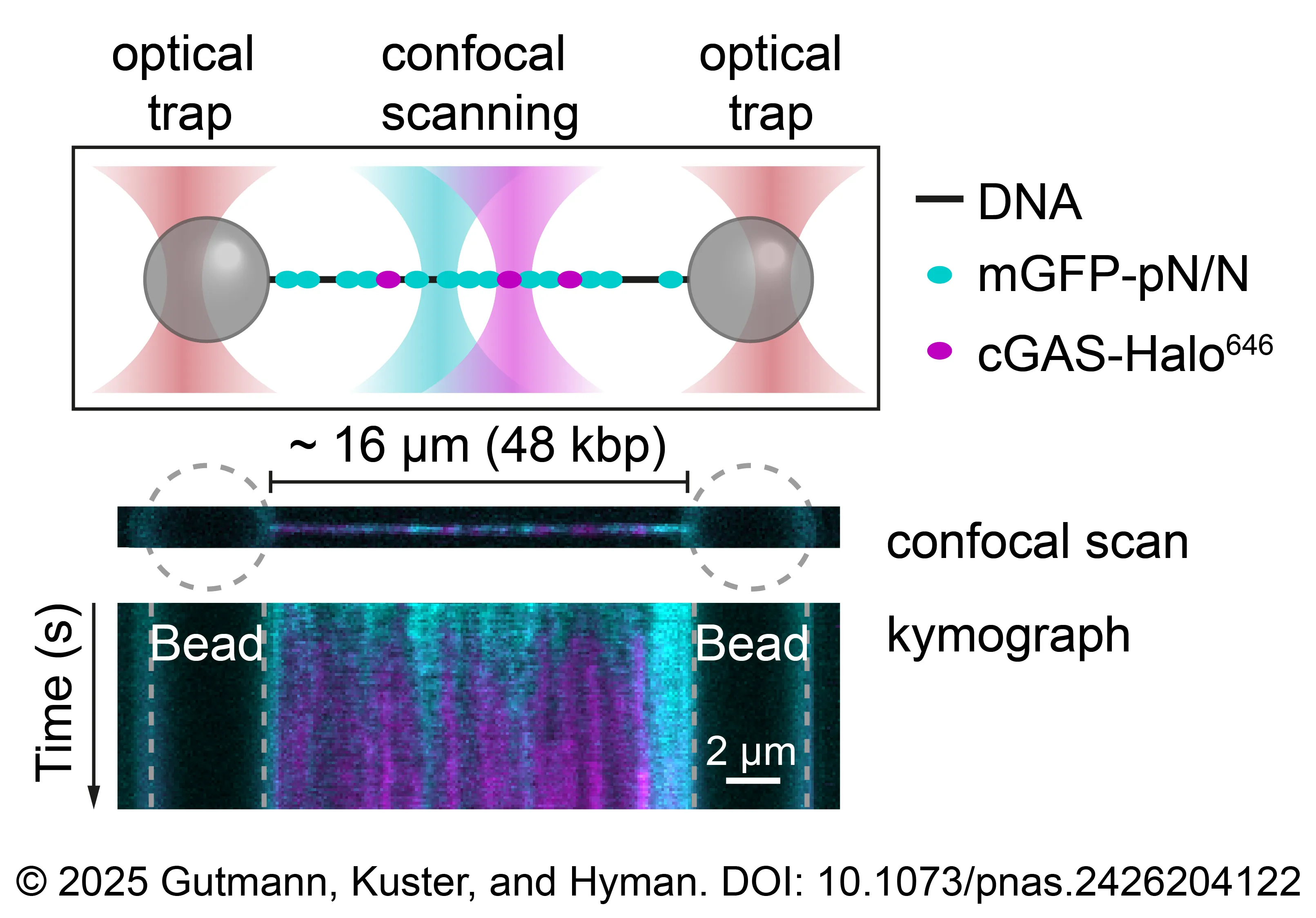
This mechanism operates at nanomolar concentrations and persists even when nucleocapsid proteins form biomolecular condensates:
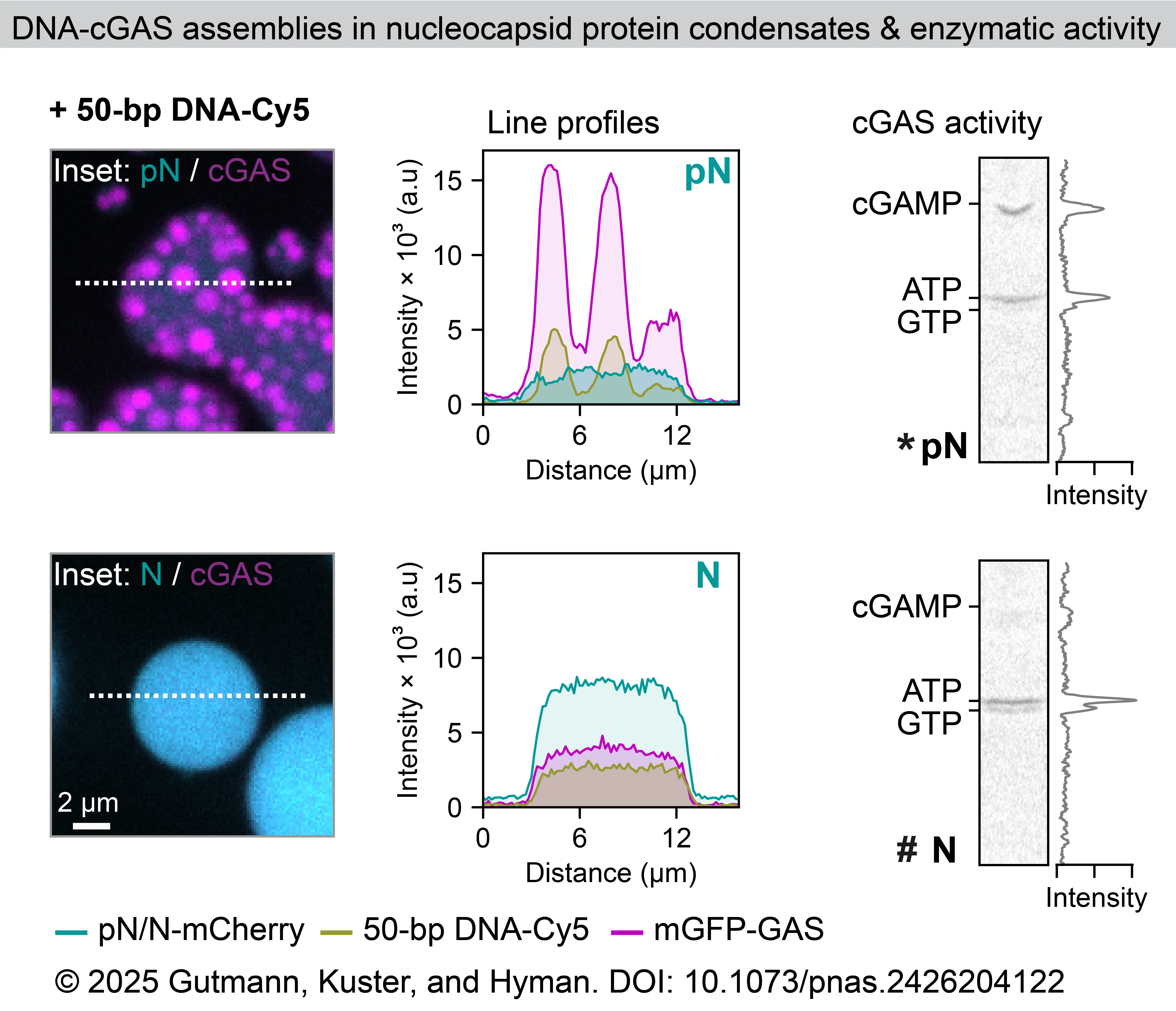
This immune evasion mechanism, via viral nucleocapsid protein–DNA competition, may not be unique to SARS-CoV-2 but may point to a broader paradigm by which RNA viruses subvert DNA immune sensors.
Have a look at the paper here: https://doi.org/10.1073/pnas.2426204122
Meet the authors
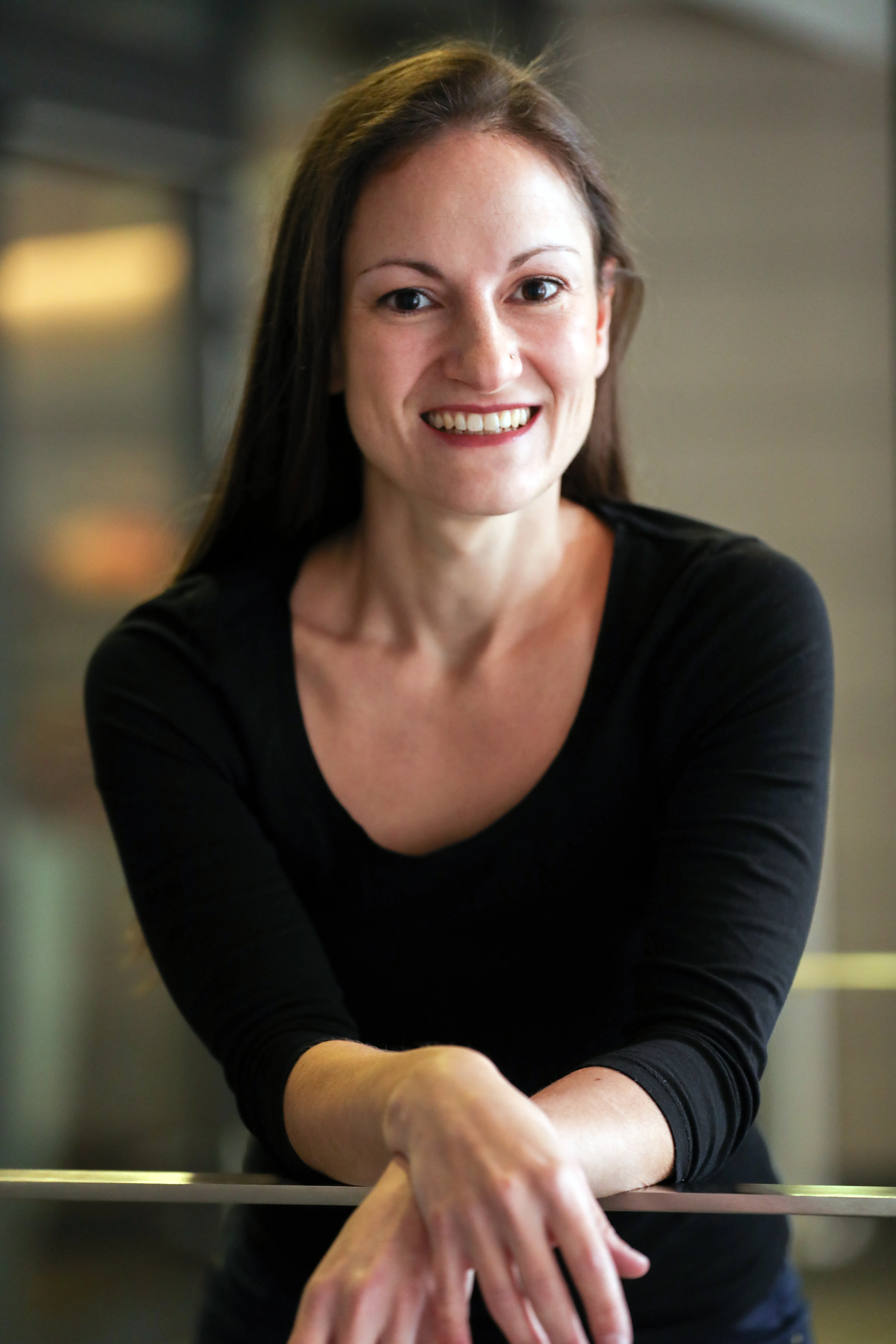
Theresia studied at the Humboldt University Berlin and ETH Zurich, and began her research career at the University of Helsinki. Her science is driven by the question of how cell signaling is organized in space and time. During her PhD, she discovered how the human insulin receptor is activated by insulin. In the Hyman lab, she investigates higher-order assemblies in immune signal transduction, with a focus on the DNA sensor cGAS. Her work is supported by the DFG Walter Benjamin Programme and the NOMIS Foundation.
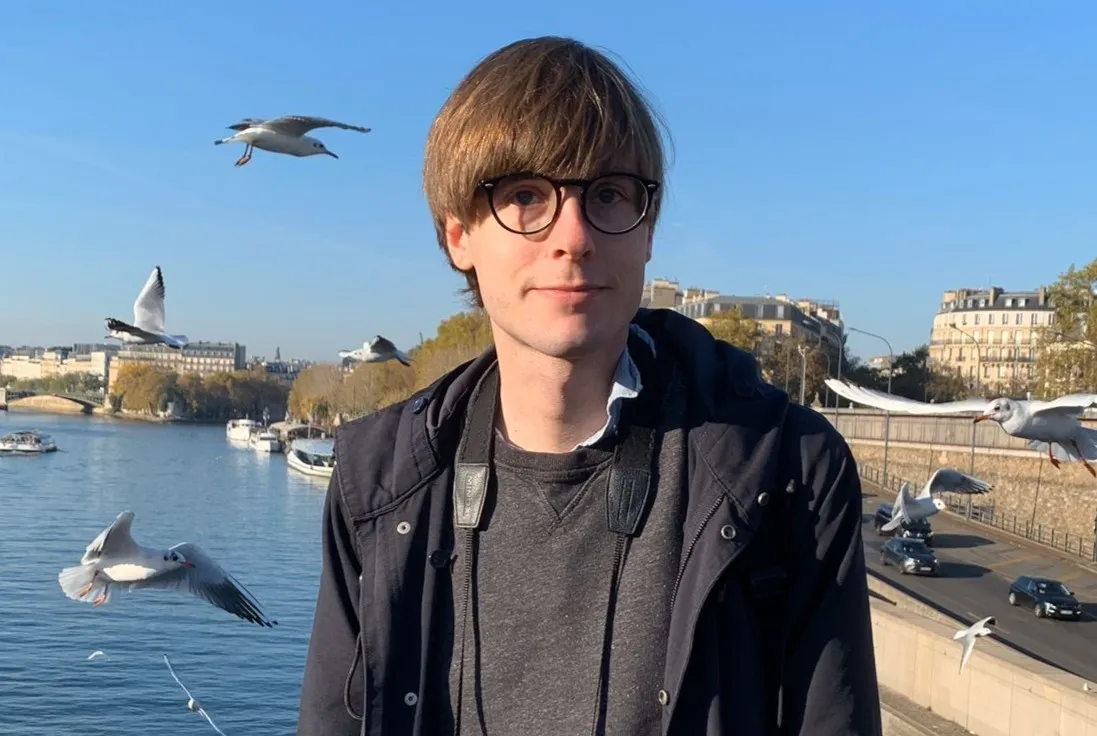
David earned his M.Sc. in Biochemistry at the Universität Heidelberg. He has a long-standing interest in RNA biology and biomolecular condensates. After completing an internship at MPI-CBG, he joined the Hyman lab for his PhD, where he focuses on the SARS-CoV-2 nucleocapsid protein and other RNA-binding proteins. His work is funded by the Volkswagen Foundation. Outside the lab, David is a passionate birdwatcher.
